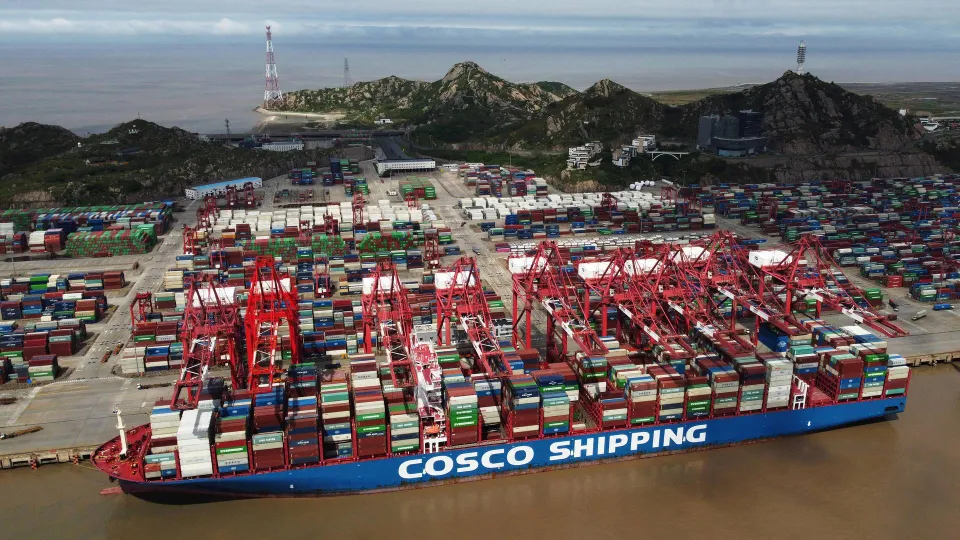Recent months’ decline in spot rates on major routes from Asia toward Europe and the US is primarily determined by seasons, according to Sea-Intelligence. Only one route from Asia toward US appears weak.

Photo: /VIA REUTERS / X80002
Since the Chinese New Year, which took place in the calendar year’s fifth week, spot rates on the container market have dived on a weekly basis, but the price declines are in the case of most major routes – from Asia toward Europe and the US – determined by seasons, writes Sea-Intelligence.
There is one exception, however.
Since the Chinese New Year, which began on Jan. 31 and ended on Feb. 8, 2022, USD 3,700 per forty-foot container (FFE) have been cut off the spot rates from Asia to Northern Europe.
Similarly, spot rates from Asia to the US west coast have been reduced by USD 2,400 per FFE.
Sea-Intelligence has investigated the spot rate development on the World Container Index (WCI), which, according to the analyst firm, doesn’t differ much from other spot rate indices.
Although spot rates have dived in recent months, Sea-Intelligence points out that this is a well-known tendency on the container market during this time of the year.
Previously, spot rates have had a tendency to peak leading up to the Chinese New Year, which was also the case in 2022, according to the analyst firm. For example, the average rate development for Asia-Northern Europe more or less follows the pattern seen in preceding years.
The Asia-Mediterranean Sea route is an exemption, though. Here, spot rates have been at a consistently high level and have not fallen more than marginally since week 5, reveal the figures.
Rates on the route from Asia to the US west coast follow a known pattern, too. However, the rate decline on the route from Asia to the US east coast exceeds what can be explained by seasonal fluctuations, writes Sea-Intelligence.
As such, the rate decline from Asia to the US east coast signals ”a generally weak market,” concludes the analyst firm.





